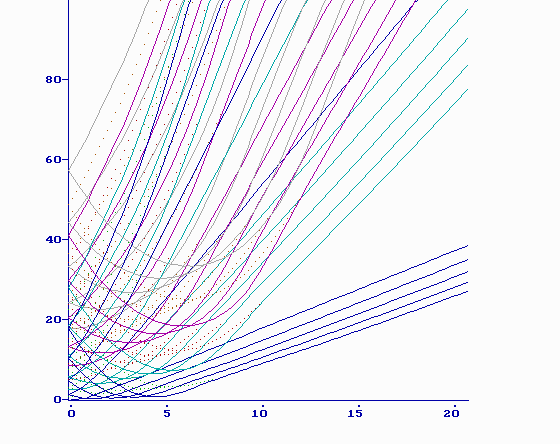 |
The Theory Group
Physics in High Magnetic Fields
I.D.Vagner Physics and Engineering Research Institute (P.E.R.I.)
|
 |
The Theory Group
Physics in High Magnetic Fields
I.D.Vagner Physics and Engineering Research Institute (P.E.R.I.)
|


2. Spin-Flip Assisted Resonant Tunnelling



![]() Another way of obtaining a nonzero circulation of the effective vector potential is creation of the slowly varying on the scale
Another way of obtaining a nonzero circulation of the effective vector potential is creation of the slowly varying on the scale ![]() coordinate dependent spin-orbit coupling
coordinate dependent spin-orbit coupling ![]() connected with external potentials like boundaries, heavy atoms impurities along the perimeter of the ring and other imperfections which may locally modify the spin-orbit interaction in these systems.
connected with external potentials like boundaries, heavy atoms impurities along the perimeter of the ring and other imperfections which may locally modify the spin-orbit interaction in these systems.
![]() We outline, that this is the first of a series of ''meso-nucleo-spinic'' effects, which should take the place in different systems with broken symmetry due to the combined action of the hyperfine field and spin-orbital interaction.
We outline, that this is the first of a series of ''meso-nucleo-spinic'' effects, which should take the place in different systems with broken symmetry due to the combined action of the hyperfine field and spin-orbital interaction.
| Main Page | Visitors | Projects | Links |